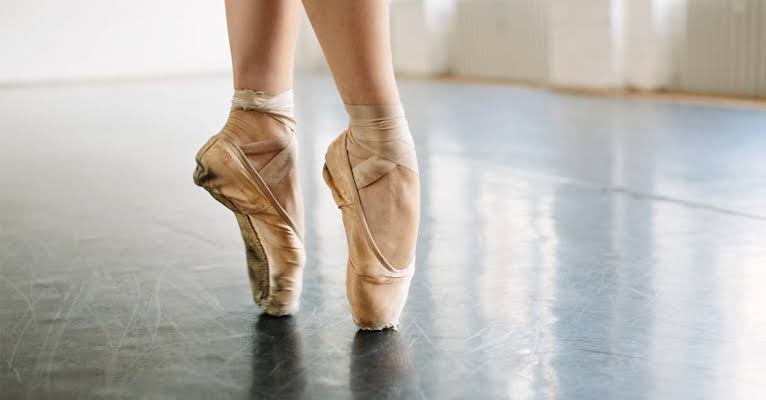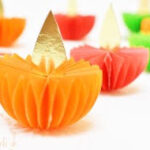To perform, dancers must move freely with both their bodies and their minds. It may be considered a sort of meditation since it helps reduce tension by allowing the mind to be immersed in the rhythm of nature. Art, like anything else, requires adaptability and a few other external aspects to provide the most spectacular experience possible. They contain dancing attire, a performance area, and music to accompany the performance.
When it comes to dancing clothing, one aspect that is sometimes overlooked is the essential dancing shoes. Dance shoes that are equally matching or contrasting with the matching outfits, tights, bows, and gowns are required for the performance to look beautiful. Furthermore, various styles of shoes are required for each dance, which enhances the overall attractiveness of the show.
The shoes used for the performances are varied depending on the various surfaces on which they are performed. Ballet shoes, Cuban heels, character shoes, dancing sneakers, foot thongs, ghillies, pointe shoes, jazz shes, and various other styles are among the many kinds of shoes available. Please continue reading to learn more about the many kinds of dancing shoes available and their intended use.
Ballroom Shoes
Ballroom Shoes are available in various styles and colours for both men and women, ranging from the traditional ballroom shoe to the Latin American ballroom shoe. The heels on the Latin American shoes are high, and they put a lot of pressure on the toes. On the other hand, the traditional ballroom has a shorter heel, which allows the weight to be spread more equally across the feet.
According to the fashion industry, the ladies’ dance shoes have a two-inch heel, whilst the men’s shoes have one-inch heels with lace-ups. Suede is the material utilised, and they are available in both complementary and opposing colours to match the dress.
Tap Shoes
These shoes are equipped with a metal tap that is permanently attached to the bottom of the toe region and heel of the shoe. During the performance, the loud sound produced by the metal tap as it strikes the hard floor contributes to the overall brightness of the dance. While not technically a kind of percussion, tap dancing is characterised by the tapping sound produced by the shoes hitting the floor.
A thin fibreboard, referred to as a soundboard, is affixed to the bottom of the shoe’s sole for support. Each tap is glued or screwed to the soundboard, and it is possible to tighten or loosen them to produce various sounds depending on the situation. The glue dramatically influences the quality of the tone, and for this reason, the material, form, and weight of the shoe are all critical considerations. With thicker or thinner taps and a smaller or larger footprint area, there are concave and convex forms and thicker or thinner concave shapes. They all have a different influence on the shoe than the shoe itself.
Sneakers for Dancing
They are lightweight shoes with a rubber toe cap strengthened for further durability. It enables the dancers to stand smoothly on their toes in the way of a ballet performer. They are available in various colours and sizes to match users’ preferences and clothing.
Gillies
They are primarily utilised in Scottish highland dance, country dance, and even Irish dancing, among other things. Shoes made of leather with criss-cross laces gentler on the foot and mould to its contour are available. Gillies is often black, and they have a sole that is either entirely leather or divided into two pieces, similar to ballet shoes.
Thongs for the feet
They feature just partial covering on foot and create less friction in the ball region than other types of shoes. They may also be worn as a slip-on when dancing barefoot. They are also crucial in preventing injuries to the foot when the foot is forced to pivot suddenly.


